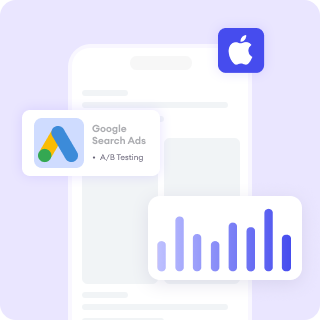The digital advertising landscape offers a plethora of platforms, each with its own strengths and weaknesses. Selecting the right platform for your business is not a decision to be taken lightly—it can greatly influence your campaign's success. This article outlines the key factors you need to consider when choosing an advertising platform to ensure your marketing efforts yield the best possible results.
1. Audience Reach
The platform’s user base is a fundamental factor to consider.
● User Demographics: Different platforms attract different demographics. For instance, Facebook has a broad user base across various age groups, while Instagram and TikTok are more popular among younger audiences. Understanding the demographics of your target audience will help you choose a platform that aligns with your customer profile.
● Geographical Reach: If your business targets a specific geographic region, ensure the platform you choose is popular in that area. Some platforms have a stronger presence in certain countries or regions.
2. Targeting Capabilities
Effective targeting is crucial for the success of your advertising campaign.
● Precision Targeting: Platforms like Google Ads and Facebook Ads offer sophisticated targeting options that allow you to target users based on demographics, interests, behavior, and more. The more precise the targeting, the more relevant your ads will be to the audience.
● Retargeting: Retargeting capabilities are essential for converting users who have already interacted with your brand but haven’t yet made a purchase. Platforms that offer robust retargeting options can significantly boost conversion rates.
3. Ad Formats and Creative Flexibility
The type of content you plan to create should influence your platform choice.
● Supported Formats: Different platforms support different ad formats, such as video, display, text, and carousel ads. Choose a platform that supports the ad format that best showcases your products or services.
● Creative Control: Some platforms offer more creative freedom than others. If your campaign relies heavily on creative elements, such as custom visuals or interactive content, select a platform that allows for this flexibility.
4. Budget and Pricing Models
Your budget will significantly impact your platform choice.
● Cost Models: Understand the pricing model of the platform, whether it’s Cost-Per-Click (CPC), Cost-Per-Mille (CPM), or Cost-Per-Acquisition (CPA). Different models suit different campaign goals and budget constraints.
● Budget Requirements: Some platforms, like LinkedIn Ads, may require a higher budget to achieve meaningful results, while others, like Google Display Network, can be effective even with a smaller budget. Match your budget to the platform that can deliver the best ROI for your spend.
5. Analytics and Reporting
Data-driven decisions are key to successful advertising.
● Tracking and Measurement: Choose platforms that provide detailed analytics and reporting tools. The ability to track key performance metrics such as CTR, conversion rate, and ROI is essential for optimizing your campaigns.
● Insights: Platforms that offer advanced insights, such as audience behavior analysis and real-time performance tracking, enable you to make informed adjustments and improve your campaign’s effectiveness.
6. Integration with Other Marketing Channels
Consider how the platform fits into your overall marketing strategy.
● Cross-Channel Synergy: If you’re running a multi-channel campaign, ensure the advertising platform integrates well with your other marketing efforts. For example, Google Ads integrates seamlessly with Google Analytics, providing a comprehensive view of your campaign performance.
● Omni-Channel Strategies: Platforms that support omni-channel marketing can help create a cohesive brand experience across different touchpoints, enhancing the customer journey and driving better results.
Final Thoughts
Selecting the right advertising platform is a critical step in ensuring the success of your marketing campaigns. By considering factors such as audience reach, targeting capabilities, ad formats, budget, analytics, and integration with other channels, you can make informed decisions that align with your business goals.
At FoxAdvert, we specialize in helping businesses like yours choose the right platforms and strategies to maximize your advertising ROI. Contact us today for a free consultation or schedule an online meeting to learn more about how we can help you navigate the complexities of platform selection and drive your business forward.











